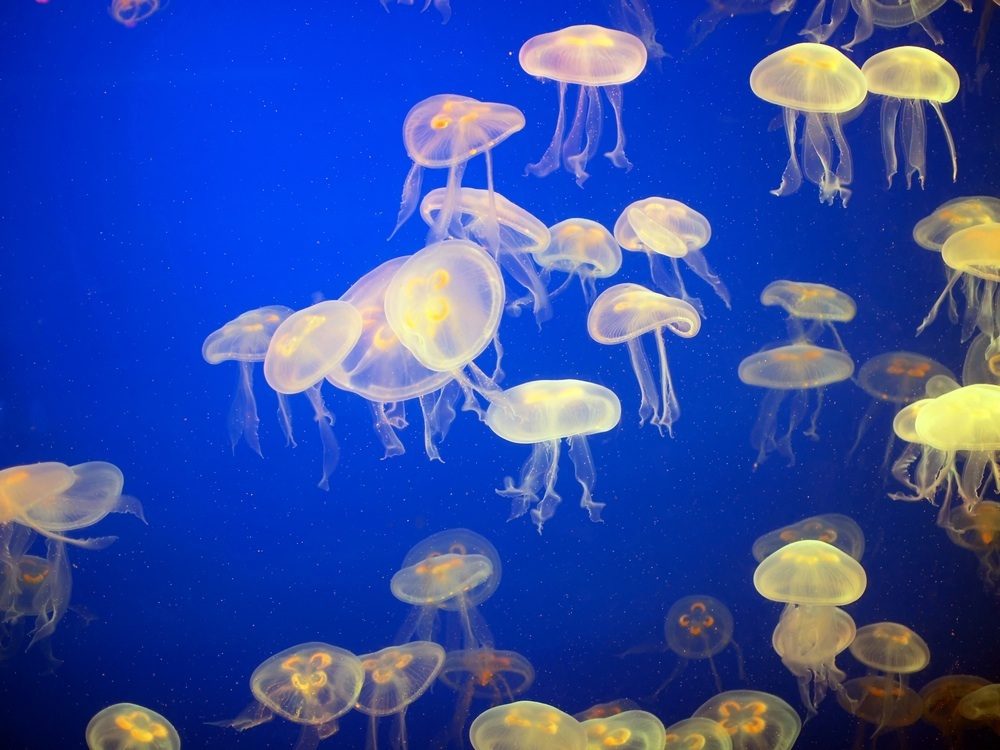Are The Tops Of Jellyfish Safe To Touch? Exploring The Sting-Free Zone
Never Pick Up A Jellyfish! #Shorts
Keywords searched by users: Are the tops of jellyfish safe to touch can you touch a jellyfish without getting stung, can you touch a jellyfish head, can you touch the top of a man o’ war, what does the top of a jellyfish feel like, what happens if you touch a jellyfish, can you touch a dead jellyfish, how to put a jellyfish back in the water, how to pick up a jellyfish
Can You Step On The Top Of A Jellyfish?
Certainly! Here’s a revised paragraph with additional information for better understanding:
“Jellyfish employ their stinging tentacles primarily as a means to capture and consume other marine organisms, utilizing their venomous abilities. However, this natural defense mechanism can inadvertently affect humans. When swimming in the ocean, it’s possible to experience a jellyfish sting if you come into contact with one. Surprisingly, even a deceased jellyfish can still pose a threat; stepping on a dead jellyfish can also result in a painful sting. This underscores the importance of being cautious when encountering jellyfish in their natural habitat, as their stinging cells can remain active even after the jellyfish has died.”
Is It Ok To Touch A Jellyfish?
Is it safe to touch a jellyfish? While jellyfish generally don’t actively seek out humans to sting, it’s essential to exercise caution when encountering them in the water. Even unintentional contact, such as swimming into or touching a jellyfish, or accidentally stepping on a dead one, can result in a painful sting. Most jellyfish stings, fortunately, do not pose immediate emergencies. Typical symptoms of a jellyfish sting include pain, the development of red marks, itching, numbness, or a tingling sensation at the affected area. Therefore, it’s advisable to be mindful of jellyfish when swimming in their habitat and take precautions to minimize the risk of contact.
Does The Head Of The Jellyfish Sting?
“Do jellyfish have stinging tentacles on their head?” is a common question when it comes to these mysterious marine creatures. To better understand this topic, it’s important to explore the anatomy of jellyfish and their stinging mechanisms. One of the largest jellyfish species, the lion’s mane jellyfish, is particularly fascinating due to its exceptionally long tentacles, which can extend over 100 feet. Surprisingly, these tentacles are even longer than those of a blue whale, the largest animal on Earth. These tentacles play a critical role in the jellyfish’s ability to capture prey and defend itself, as they contain specialized cells responsible for stinging potential threats. These stinging cells, known as nematocysts, are the key weapons in a jellyfish’s arsenal, and they can deliver a painful sting to their prey or any unfortunate human who comes into contact with them. Thus, understanding the structure and function of a jellyfish’s tentacles is essential in comprehending how these intriguing creatures interact with their environment and potential dangers they pose to others.
Update 32 Are the tops of jellyfish safe to touch






Categories: Found 85 Are The Tops Of Jellyfish Safe To Touch
See more here: khoaluantotnghiep.net

Food is digested in a sac-like structure, and the waste is passed out through the mouth. The long tentacles of the jellyfish are what produce the sting. You can touch the top of the jellyfish without being hurt. Jellyfish come in white, blue, pink, yellow, green, purple, red and orange colors.Jellyfish sting so that they can catch and eat other sea creatures. But that sting can be turned on people. Jellyfish can sting if they brush against you when you’re swimming in the ocean. You also can get stung if you step on a jellyfish, even a dead one.Jellyfish don’t go after humans, but someone who swims up against or touches one — or even steps on a dead one — can be stung all the same. While jellyfish stings are painful, most are not emergencies. Expect pain, red marks, itching, numbness, or tingling with a typical sting.
Learn more about the topic Are the tops of jellyfish safe to touch.
